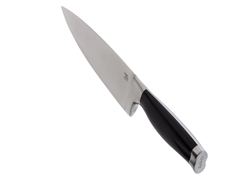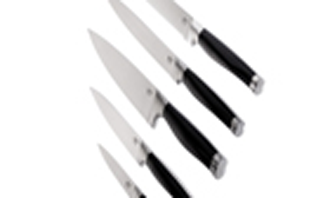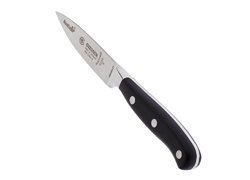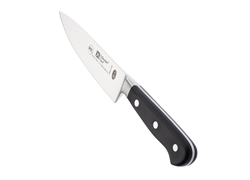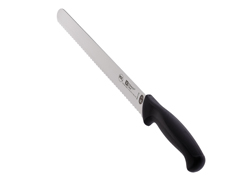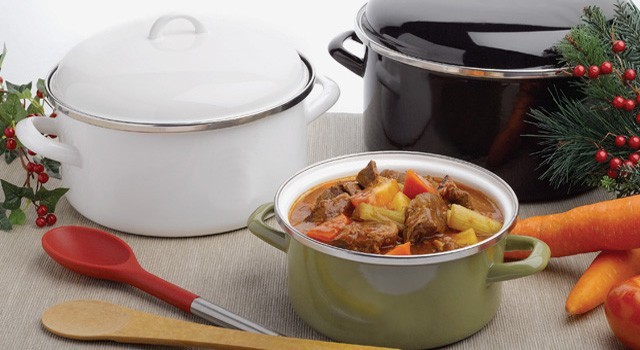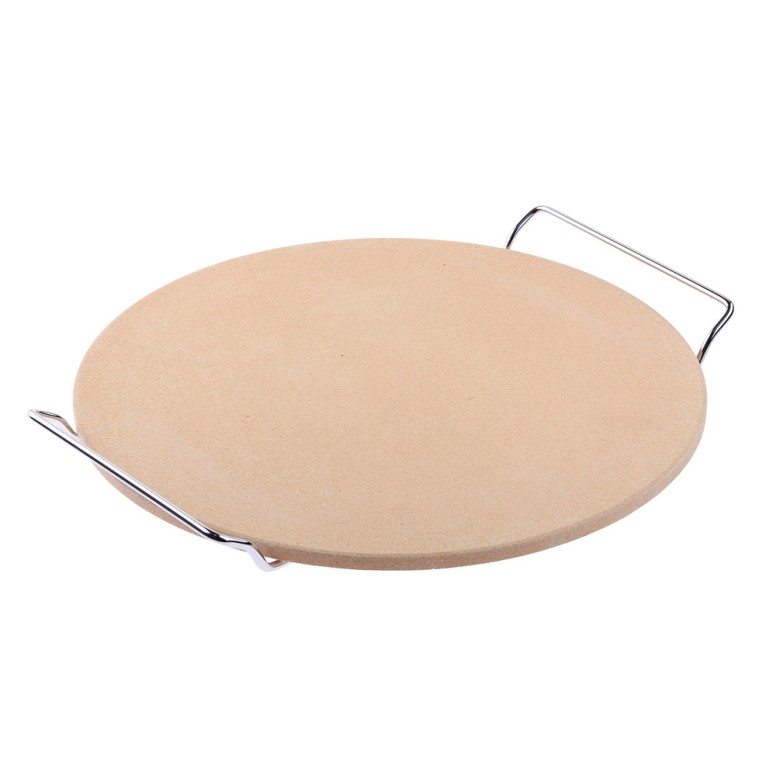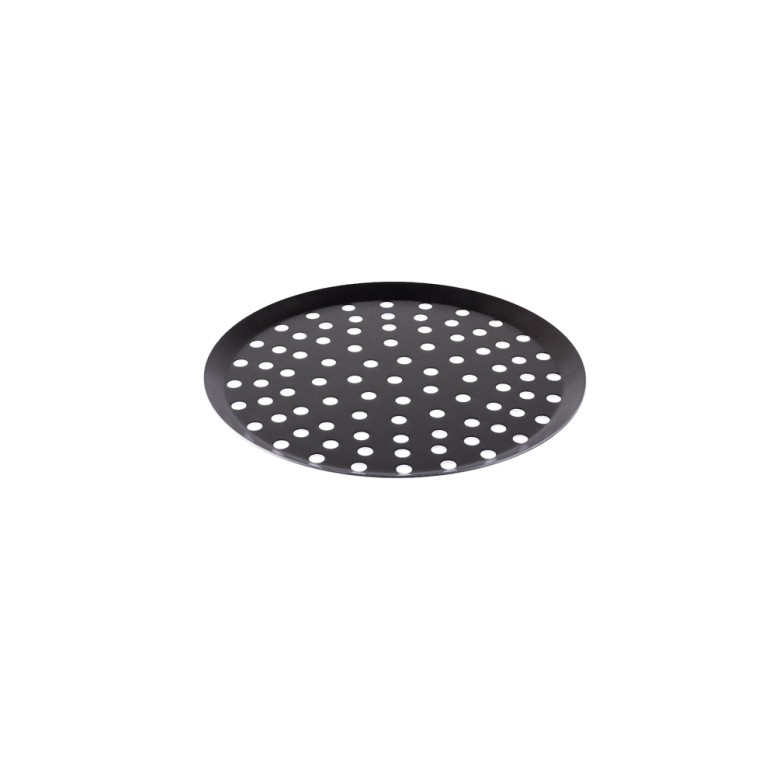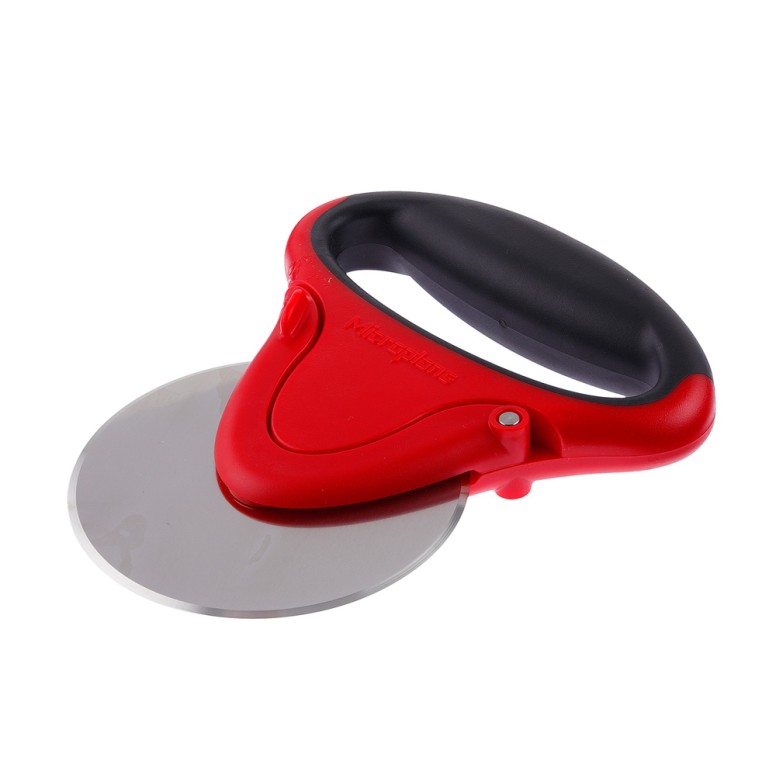More Types of Knives
Turning knife
A type of utility knife that is used for many of the same tasks as the traditional paring knife. The Turning knife (also known as a bird’s beak knife) has a shorter blade than a paring knife with a blade that is typically 5 – 7 cm long. It is designed to curve upward on both the cutting edge and the top edge. Turning knives may also be used to slice soft fruits such as nectarines, plums or peaches and for peeling skins or blemishes from a variety of fruits and vegetables. It is commonly used in food presentation techniques such as making tournée (or tourné) cuts in carrots, potatoes or squash. It is also used for cutting decorative garnishes such as rosettes in radishes or fluted mushrooms.
Filleting knife
A knife consisting of a thin flexible blade (typically 15 – 27 cm long) that is used for filleting fish. The narrow blade enables the knife to move cleanly along the backbones of the fish, in and around areas adjacent to bones, and to evenly slice along the skin, removing it easily from the flesh.
Carving/Slicing knife
This knife is used to cut slices of cooked or smoked meat, poultry and fish. There are many varieties of slicing knives, which vary in blade width, blade length, flexibility, pointed to rounded tips, and type of cutting edge. The construction of the knife depends on its use. Frequently the terms slicing knife and carving knife are used interchangeably, but the carving knife is actually a variation of the slicing knife.
Boning knife
A boning knife has a thin short blade, typically 12 – 15 cm long, used to remove the main bone within a cut of meat, such as a ham or a beef roast. A boning knife will typically have a long narrow blade for ease of manipulation around the bones. The blade is rigid and proportioned to the size of the bones being removed. Bigger cuts of meat require a larger and more rigid blade that is not too flexible to prevent injury from the blade bending too easily. Smaller cuts of meat can be trimmed and boned using a smaller and less rigid blade.
Santoku knife
A type of knife commonly used to prepare ingredients for Asian food dishes. This knife is very similar to a chef’s knife with a wide blade that has a long straight edge curving up slightly at the end. The main difference is that the santoku knife has a wider blade that is thinner, shorter in length, and curves up very gradually at the end providing a straighter cutting edge. With its thinner blade, the santoku knife can cut smoothly and more precisely through dense vegetables compared to other knives with thicker-width blades which tend to give more resistance when in use. Usually made from high-carbon stainless steel, stainless steel, ceramic, or titanium, santoku knives are precision-made to be well balanced and well formed for ease of handling and greater control.
Cleaver
A knife with a wide rigid blade that is approximately 15 cm in length and tapers to a sharp cutting edge. This tool is used to shred, chop, pound, or crush food ingredients and materials. The blade of the cleaver is thick, somewhat heavy and well balanced with a bevelled cutting edge. The bevelled blade allows for ease of chopping through vegetables or hard materials, such as bones. The flat blunt side of the blade can be used to pulverize meat. If the handle is flat on the end, it may be used to crush seeds, garlic or other similar ingredients. A hole is typically provided on the top end of the blade for easy hanging on storage racks.
Mincing knife
Mincing knives can be used to mince or cut food into smaller bits for seasoning sauces, soups, salads, and other dishes. They can be either single or double-bladed to cut a variety of foods into very small pieces. Another version of a mincing tool is the rolling mincer or rotary mincer. This utensil consists of numerous circular blades, close together and mounted on a handle, enabling the user to roll the tool back and forth over the herb as the blades do the mincing.
Oyster knife
An oyster knife is a short-bladed, dull knife designed to shuck oysters. The tip is flat and pointed enough to penetrate the tightly closed hinge of an oyster shell, but rounded enough on the tip that it doesn’t cut into the oyster’s flesh. When shucking an oyster, the knife is usually pointed toward the hand that holds the oyster as you’re trying to pry open the shell with the knife. A round shield is built into the handle to protect the hand from the sharp edges of the shell. It also serves as a spot to place the thumb for a firmer grip when holding both the oyster and the knife.





